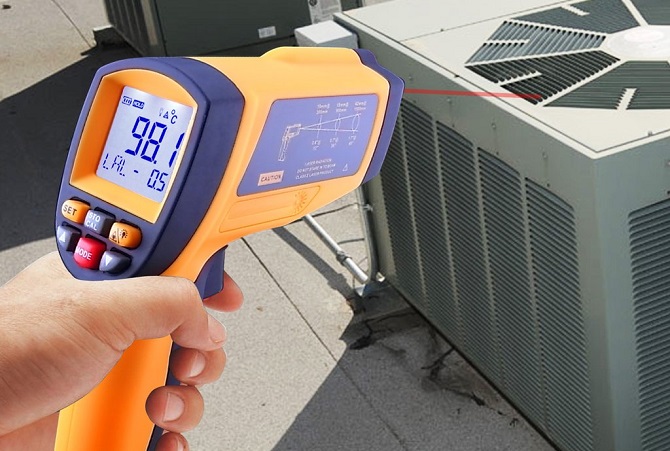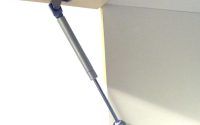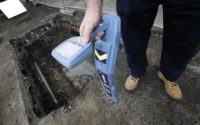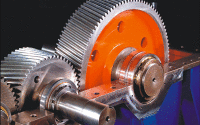Infrared Thermometers: Why Are They Ideal for Industrial Use
Infrared thermometers are handheld measuring instruments commonly used in factories, restaurant kitchens and other industrial and commercial areas to quickly measure the temperature of mechanical equipment and appliances and detect any signs of potential faults and failures. They serve as accurate diagnostic tools that can efficiently detect the overheating of devices and electrical circuits. The infrared thermometer operates on a basic principle – checking the temperature of devices without making any direct contact, thus enabling you to make precise measurements from a safe distance. Infrared energy is emitted from all objects that have a temperature above absolute zero and the hotter the surface of the object is, the more energy it will emit. In simple terms, the thermometer works by detecting the infrared energy that objects radiate.

With their ability to make non-contact measurements, these handy and advanced instruments have a wide scope of industrial applications and are designed to check the temperature of moving machinery, devices that contain hazardous materials and hard-to-reach areas. Therefore, they can effectively locate overloaded circuit brakes in moving devices such as conveyor belts, detect faults in electrical switch equipment, monitor temperature levels in rotating devices and big monitors, find extremely hot areas in electronic equipment, identify leaks in enclosed vessels and so on. One of the greatest advantages of advanced infrared thermometers is that they are very easy to operate. However, to get the most out of their operating functions, it’s important to choose a model that would provide optimum performance for the specific industrial application you intend to use it for. Here are a few factors to keep in mind before making your purchase.
Emissivity
One of the most important factors that determines the accuracy of the thermometer is emissivity. To put it simply, it can be described as the efficiency of a given material to radiate or absorb thermal energy. Different surfaces emit different amounts of energy. In terms of emissivity, thermometer units are divided into two categories: fixed emissivity units and adjustable units. While fixed thermometers don’t allow you to change the settings, adjustable ones give you the option to customize the emissivity settings according to the type of surface (metal, glass, wood) that is being measured.
D/S ratio
The distance to spot ratio refers to the size of the object that is being measured as opposed to the distance. It can greatly affect the final results provided by the thermometer, therefore its important to take precise measurements of the D/S distance which will help you determine the maximum measuring distance you want your thermometer to have.
Temperature range
Last but not least, the temperature range is another essential feature to consider when choosing a thermometer. While standard models are usually designed to measure the infrared energy of devices that have very hight temperatures, these days there are more advanced models which serve to check the temperature of cold devices as well. The most advanced thermometers come with a temperature range of -50 to 500°C.
Reference: https://www.test-equipment.com.au/environmental/thermometers/infrared/



